Vinegar cleaning tips and tricks – who knew this humble kitchen staple could be your secret weapon to a sparkling home? I’m constantly amazed by the versatility of vinegar, and I’m excited to share some of my favorite DIY cleaning hacks with you. Forget those harsh chemicals and expensive cleaners; we’re going back to basics with a natural, effective, and budget-friendly solution.
Vinegar’s cleaning prowess isn’t exactly a new discovery. In fact, its use dates back centuries! Ancient civilizations, including the Egyptians and Romans, utilized vinegar for cleaning, disinfecting, and even medicinal purposes. It’s a testament to its effectiveness that this age-old remedy is still relevant today.
Why should you embrace these vinegar cleaning tips and tricks? Well, for starters, it’s a fantastic way to reduce your exposure to potentially harmful chemicals found in commercial cleaning products. Plus, it’s incredibly cost-effective! With the rising cost of living, every penny counts, and vinegar offers a budget-friendly alternative without compromising on cleanliness. I’ve found that using these tips not only saves me money but also gives me peace of mind knowing I’m creating a healthier environment for my family. So, let’s dive in and discover the magic of vinegar!
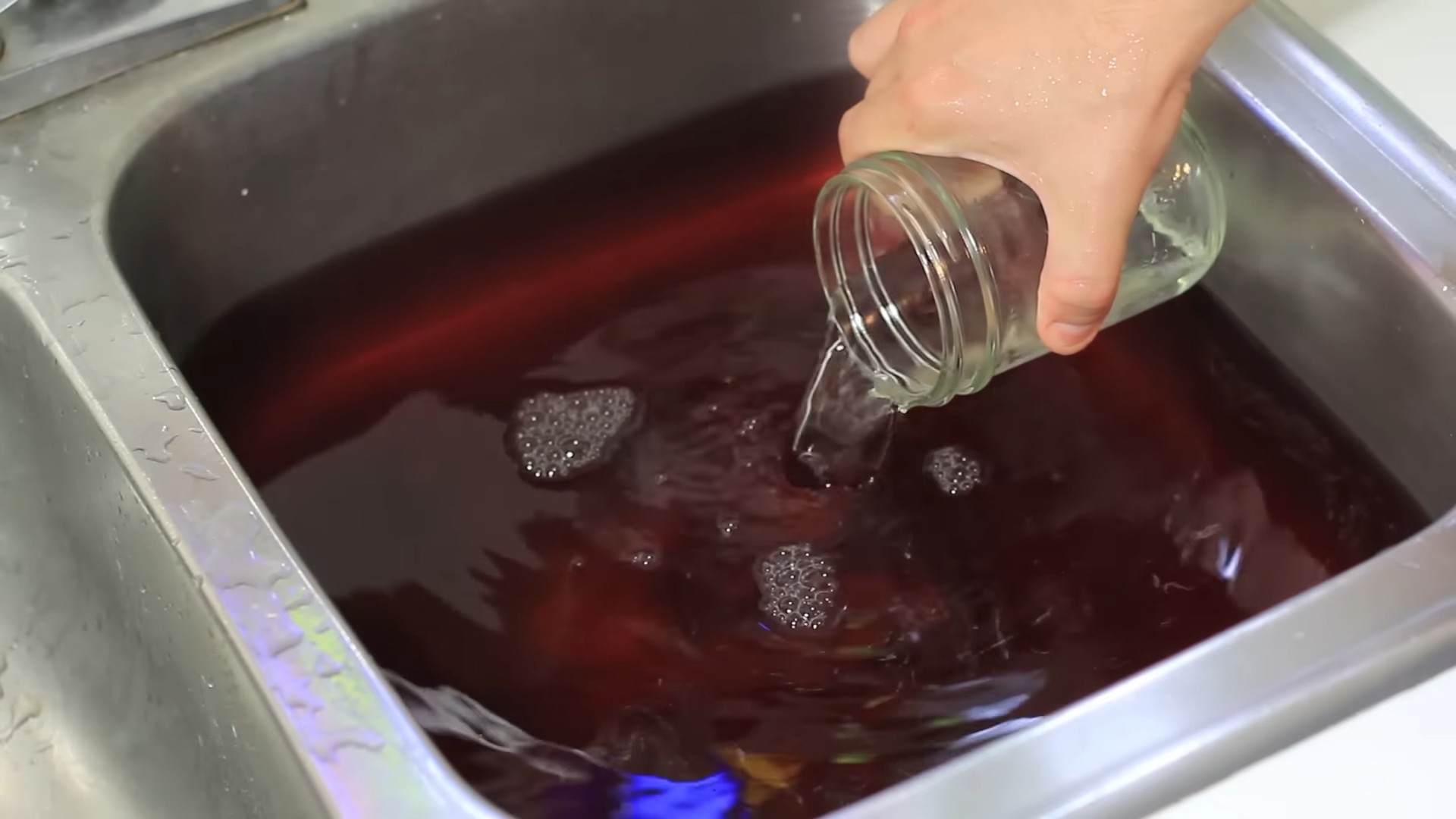
Unlocking the Cleaning Power of Vinegar: Your Ultimate DIY Guide
Hey there, fellow cleaning enthusiasts! I’m so excited to share my favorite vinegar cleaning hacks with you. Vinegar is truly a miracle worker – it’s cheap, eco-friendly, and surprisingly effective on a wide range of messes. Forget those harsh chemicals; let’s harness the power of this pantry staple!
Why Vinegar?
Before we dive in, let’s quickly touch on why vinegar is such a cleaning superstar. It’s all about the acetic acid! This mild acid is what gives vinegar its cleaning, deodorizing, and disinfecting properties. Plus, it’s a natural alternative to many commercial cleaners, making it a win for your wallet and the environment.
General Guidelines for Using Vinegar
* Dilution is Key: Always dilute vinegar with water, especially when cleaning delicate surfaces. A 50/50 solution is generally a good starting point.
* Test First: Before applying vinegar to a large area, test it on a small, inconspicuous spot to ensure it doesn’t damage or discolor the surface.
* Avoid Certain Surfaces: Don’t use vinegar on natural stone surfaces like marble or granite, as the acid can etch them. Also, avoid using it on waxed furniture, as it can strip the wax.
* White Vinegar is Your Best Friend: While other types of vinegar exist, plain white distilled vinegar is the best choice for cleaning due to its acidity and lack of coloring agents.
* Ventilation is Important: While vinegar is natural, it does have a strong smell. Make sure to ventilate the area you’re cleaning by opening windows or turning on a fan.
Cleaning Your Kitchen with Vinegar
The kitchen is a breeding ground for grime, but fear not! Vinegar is here to help.
Cleaning Your Microwave
Microwaves can get pretty gross, pretty fast. Splattered food, lingering odors – it’s not a pretty sight. Here’s how to clean it with vinegar:
1. Prepare the Solution: In a microwave-safe bowl, mix 1 cup of water with 1/4 cup of white vinegar.
2. Microwave It: Place the bowl in the microwave and heat on high for 5-7 minutes. The steam will loosen the grime.
3. Wipe It Down: Carefully remove the bowl (it will be hot!). Use a clean cloth or sponge to wipe down the inside of the microwave. The loosened food particles should come off easily.
4. Stubborn Spots: For any stubborn spots, dip your cloth in the vinegar solution and scrub gently.
5. Ventilate: Leave the microwave door open for a few minutes to air it out.
Degreasing Your Stovetop
Grease buildup on the stovetop is inevitable, but vinegar can cut through it like a champ.
1. Remove Loose Debris: Wipe up any loose food particles or spills with a damp cloth.
2. Vinegar Spray: Fill a spray bottle with a 50/50 solution of white vinegar and water. Spray the stovetop generously.
3. Let it Sit: Allow the vinegar solution to sit for 5-10 minutes to loosen the grease.
4. Scrub and Wipe: Use a non-abrasive sponge or cloth to scrub the stovetop. For tough grease stains, you can sprinkle baking soda on the area before scrubbing.
5. Rinse and Dry: Rinse the stovetop with clean water and dry with a clean cloth.
Cleaning Your Dishwasher
Did you know you can use vinegar to clean your dishwasher? It helps remove mineral buildup and keeps it running smoothly.
1. Empty Dishwasher: Make sure your dishwasher is empty.
2. Vinegar in the Top Rack: Place a dishwasher-safe cup filled with 1 cup of white vinegar on the top rack of the dishwasher.
3. Run a Hot Cycle: Run the dishwasher on a hot cycle.
4. Repeat Monthly: Repeat this process once a month to keep your dishwasher clean and efficient.
Cleaning Your Coffee Maker
Coffee makers can accumulate mineral deposits over time, affecting the taste of your coffee. Vinegar to the rescue!
1. Vinegar and Water Solution: Fill the water reservoir of your coffee maker with a 50/50 solution of white vinegar and water.
2. Brew Halfway: Start the brewing cycle and let it run halfway through.
3. Let it Sit: Turn off the coffee maker and let the vinegar solution sit in the reservoir for 30-60 minutes. This allows the vinegar to dissolve the mineral deposits.
4. Finish Brewing: Turn the coffee maker back on and finish the brewing cycle.
5. Rinse with Water: Run two full cycles with fresh water to rinse out any remaining vinegar.
Bathroom Brilliance with Vinegar
The bathroom is another area where vinegar can really shine.
Cleaning Showerheads
Showerheads can get clogged with mineral deposits, reducing water pressure. Here’s how to clean them with vinegar:
1. Vinegar Bag: Fill a plastic bag with white vinegar.
2. Secure the Bag: Place the bag over the showerhead, ensuring the showerhead is submerged in the vinegar. Secure the bag with a rubber band or twist tie.
3. Soak Overnight: Let the showerhead soak in the vinegar overnight.
4. Remove and Rinse: Remove the bag and rinse the showerhead thoroughly with water.
5. Remove Stubborn Deposits: If there are any stubborn deposits, use an old toothbrush to scrub them away.
Cleaning Toilets
Vinegar can help remove stains and odors from your toilet.
1. Pour in Vinegar: Pour 1-2 cups of white vinegar into the toilet bowl.
2. Let it Sit: Let the vinegar sit for at least 30 minutes, or even overnight for tough stains.
3. Scrub and Flush: Scrub the toilet bowl with a toilet brush and flush.
4. Under the Rim: For cleaning under the rim, you can use a spray bottle filled with vinegar to spray the area.
Cleaning Shower Doors
Soap scum on shower doors is a common problem, but vinegar can help dissolve it.
1. Vinegar Spray: Fill a spray bottle with a 50/50 solution of white vinegar and water.
2. Spray the Doors: Spray the shower doors generously with the vinegar solution.
3. Let it Sit: Let the solution sit for 10-15 minutes to loosen the soap scum.
4. Wipe and Rinse: Wipe the doors with a sponge or cloth and rinse with clean water.
5. Squeegee: Use a squeegee to remove excess water and prevent water spots.
Other Clever Uses for Vinegar
Vinegar’s cleaning prowess extends beyond the kitchen and bathroom.
Deodorizing Laundry
Vinegar can be used as a natural laundry booster and deodorizer.
1. Add to Wash: Add 1/2 cup of white vinegar to your washing machine during the rinse cycle.
2. Benefits: Vinegar helps to soften fabrics, remove odors, and brighten colors.
3. Don’t Worry About the Smell: The vinegar smell will dissipate as the clothes dry.
Cleaning Windows and Mirrors
Get streak-free windows
Hey there, fellow cleaning enthusiasts! I’m so excited to share my favorite vinegar cleaning hacks with you. Vinegar is truly a miracle worker – it’s cheap, eco-friendly, and surprisingly effective on a wide range of messes. Forget those harsh chemicals; let’s harness the power of this pantry staple!
Why Vinegar?
Before we dive in, let’s quickly touch on why vinegar is such a cleaning superstar. It’s all about the acetic acid! This mild acid is what gives vinegar its cleaning, deodorizing, and disinfecting properties. Plus, it’s a natural alternative to many commercial cleaners, making it a win for your wallet and the environment.
General Guidelines for Using Vinegar
* Dilution is Key: Always dilute vinegar with water, especially when cleaning delicate surfaces. A 50/50 solution is generally a good starting point.
* Test First: Before applying vinegar to a large area, test it on a small, inconspicuous spot to ensure it doesn’t damage or discolor the surface.
* Avoid Certain Surfaces: Don’t use vinegar on natural stone surfaces like marble or granite, as the acid can etch them. Also, avoid using it on waxed furniture, as it can strip the wax.
* White Vinegar is Your Best Friend: While other types of vinegar exist, plain white distilled vinegar is the best choice for cleaning due to its acidity and lack of coloring agents.
* Ventilation is Important: While vinegar is natural, it does have a strong smell. Make sure to ventilate the area you’re cleaning by opening windows or turning on a fan.
Cleaning Your Kitchen with Vinegar
The kitchen is a breeding ground for grime, but fear not! Vinegar is here to help.
Cleaning Your Microwave
Microwaves can get pretty gross, pretty fast. Splattered food, lingering odors – it’s not a pretty sight. Here’s how to clean it with vinegar:
1. Prepare the Solution: In a microwave-safe bowl, mix 1 cup of water with 1/4 cup of white vinegar.
2. Microwave It: Place the bowl in the microwave and heat on high for 5-7 minutes. The steam will loosen the grime.
3. Wipe It Down: Carefully remove the bowl (it will be hot!). Use a clean cloth or sponge to wipe down the inside of the microwave. The loosened food particles should come off easily.
4. Stubborn Spots: For any stubborn spots, dip your cloth in the vinegar solution and scrub gently.
5. Ventilate: Leave the microwave door open for a few minutes to air it out.
Degreasing Your Stovetop
Grease buildup on the stovetop is inevitable, but vinegar can cut through it like a champ.
1. Remove Loose Debris: Wipe up any loose food particles or spills with a damp cloth.
2. Vinegar Spray: Fill a spray bottle with a 50/50 solution of white vinegar and water. Spray the stovetop generously.
3. Let it Sit: Allow the vinegar solution to sit for 5-10 minutes to loosen the grease.
4. Scrub and Wipe: Use a non-abrasive sponge or cloth to scrub the stovetop. For tough grease stains, you can sprinkle baking soda on the area before scrubbing.
5. Rinse and Dry: Rinse the stovetop with clean water and dry with a clean cloth.
Cleaning Your Dishwasher
Did you know you can use vinegar to clean your dishwasher? It helps remove mineral buildup and keeps it running smoothly.
1. Empty Dishwasher: Make sure your dishwasher is empty.
2. Vinegar in the Top Rack: Place a dishwasher-safe cup filled with 1 cup of white vinegar on the top rack of the dishwasher.
3. Run a Hot Cycle: Run the dishwasher on a hot cycle.
4. Repeat Monthly: Repeat this process once a month to keep your dishwasher clean and efficient.
Cleaning Your Coffee Maker
Coffee makers can accumulate mineral deposits over time, affecting the taste of your coffee. Vinegar to the rescue!
1. Vinegar and Water Solution: Fill the water reservoir of your coffee maker with a 50/50 solution of white vinegar and water.
2. Brew Halfway: Start the brewing cycle and let it run halfway through.
3. Let it Sit: Turn off the coffee maker and let the vinegar solution sit in the reservoir for 30-60 minutes. This allows the vinegar to dissolve the mineral deposits.
4. Finish Brewing: Turn the coffee maker back on and finish the brewing cycle.
5. Rinse with Water: Run two full cycles with fresh water to rinse out any remaining vinegar.
Bathroom Brilliance with Vinegar
The bathroom is another area where vinegar can really shine.
Cleaning Showerheads
Showerheads can get clogged with mineral deposits, reducing water pressure. Here’s how to clean them with vinegar:
1. Vinegar Bag: Fill a plastic bag with white vinegar.
2. Secure the Bag: Place the bag over the showerhead, ensuring the showerhead is submerged in the vinegar. Secure the bag with a rubber band or twist tie.
3. Soak Overnight: Let the showerhead soak in the vinegar overnight.
4. Remove and Rinse: Remove the bag and rinse the showerhead thoroughly with water.
5. Remove Stubborn Deposits: If there are any stubborn deposits, use an old toothbrush to scrub them away.
Cleaning Toilets
Vinegar can help remove stains and odors from your toilet.
1. Pour in Vinegar: Pour 1-2 cups of white vinegar into the toilet bowl.
2. Let it Sit: Let the vinegar sit for at least 30 minutes, or even overnight for tough stains.
3. Scrub and Flush: Scrub the toilet bowl with a toilet brush and flush.
4. Under the Rim: For cleaning under the rim, you can use a spray bottle filled with vinegar to spray the area.
Cleaning Shower Doors
Soap scum on shower doors is a common problem, but vinegar can help dissolve it.
1. Vinegar Spray: Fill a spray bottle with a 50/50 solution of white vinegar and water.
2. Spray the Doors: Spray the shower doors generously with the vinegar solution.
3. Let it Sit: Let the solution sit for 10-15 minutes to loosen the soap scum.
4. Wipe and Rinse: Wipe the doors with a sponge or cloth and rinse with clean water.
5. Squeegee: Use a squeegee to remove excess water and prevent water spots.
Other Clever Uses for Vinegar
Vinegar’s cleaning prowess extends beyond the kitchen and bathroom.
Deodorizing Laundry
Vinegar can be used as a natural laundry booster and deodorizer.
1. Add to Wash: Add 1/2 cup of white vinegar to your washing machine during the rinse cycle.
2. Benefits: Vinegar helps to soften fabrics, remove odors, and brighten colors.
3. Don’t Worry About the Smell: The vinegar smell will dissipate as the clothes dry.
Cleaning Windows and Mirrors
Get streak-free windows and mirrors with vinegar.
1. Vinegar Solution: Mix equal parts white vinegar and water in a spray bottle.
2. Spray and Wipe: Spray the windows or mirrors with the solution and wipe with a clean microfiber cloth.
3. Streak-Free Shine: Enjoy a streak-free shine!
Removing Stickers and Labels
Vinegar can help loosen the adhesive on stickers and labels, making them easier to remove.
1. Soak with Vinegar: Soak a cloth or cotton ball with white vinegar.
2. Apply to Sticker: Apply the vinegar-soaked cloth or cotton ball to the sticker or label.
3. Let it Sit: Let it sit for a few minutes to allow the vinegar to penetrate the adhesive.
4. Peel and Wipe: Gently peel off the sticker or label. Wipe away any remaining residue with a clean cloth.
Reviving Dull Floors (Non-Waxed)
Vinegar can help restore shine to dull floors, but remember, *only use it on non-waxed floors*.
1. Vinegar Solution: Mix 1/2 cup of white vinegar with 1 gallon of warm water.
2. Mop the Floor: Mop the floor with the vinegar solution.
3. Dry Thoroughly: Dry the floor thoroughly with a clean towel or mop.
Cleaning Your Iron
Mineral buildup can clog the steam vents of your iron. Vinegar can help clear them out.
1. Empty the Iron: Make
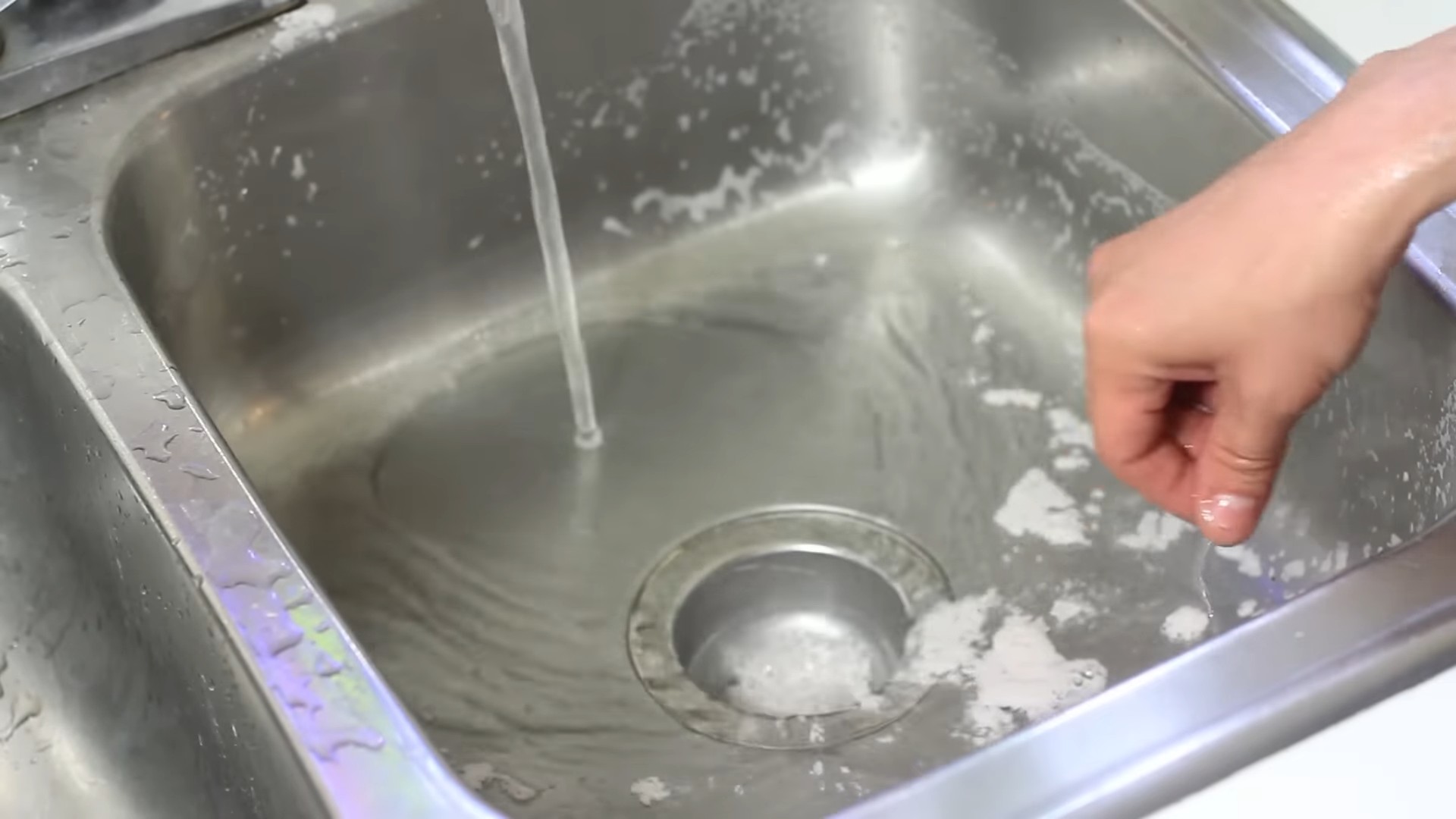
Conclusion
So, there you have it! Embracing the power of vinegar for cleaning isn’t just a trend; it’s a return to simpler, more effective, and environmentally conscious methods. We’ve explored a range of applications, from tackling stubborn grime in your kitchen to revitalizing your bathroom surfaces, all with the humble bottle of vinegar.
Why is this DIY approach a must-try? Because it’s a game-changer for your home and your wallet. Forget about expensive, chemical-laden cleaners that often come with harsh fumes and questionable ingredients. Vinegar offers a natural, readily available, and incredibly versatile alternative. It’s a powerful degreaser, a fantastic deodorizer, and a surprisingly effective disinfectant. Plus, it’s gentle enough for many surfaces, making it a safer option for households with children and pets.
But the beauty of vinegar cleaning lies in its adaptability. Feel free to experiment with different infusions to personalize your cleaning experience. Add a few drops of your favorite essential oil, like lavender or lemon, to your vinegar solution for a refreshing scent boost. For tougher stains, consider creating a paste of baking soda and vinegar for extra scrubbing power. You can also try using different types of vinegar, such as apple cider vinegar, for specific cleaning tasks. Apple cider vinegar, for example, is excellent for cleaning wood surfaces and leaving a pleasant aroma.
We’ve covered a lot of ground, but the best way to truly appreciate the magic of **vinegar cleaning** is to experience it firsthand. Start with a small project, like cleaning your microwave or descaling your showerhead. Witness the sparkling results and the satisfaction of knowing you’re using a safe and sustainable cleaning solution.
Don’t be afraid to get creative and adapt these tips to your specific needs and preferences. The possibilities are endless! We’re confident that once you discover the cleaning prowess of vinegar, you’ll wonder how you ever lived without it.
Now, we encourage you to take the plunge and try these DIY vinegar cleaning tricks. Share your experiences with us in the comments below! Let us know what worked best for you, any variations you tried, and any surprising discoveries you made along the way. Your insights will help others embrace the power of vinegar and create a cleaner, healthier home for everyone. Let’s build a community of vinegar cleaning enthusiasts!
Frequently Asked Questions (FAQs)
Is vinegar safe to use on all surfaces?
While vinegar is generally safe and effective for many surfaces, it’s crucial to exercise caution on certain materials. Avoid using vinegar on natural stone surfaces like marble, granite, and limestone, as the acidity can etch and damage them. It’s also best to avoid using vinegar on waxed wood furniture, as it can strip the wax finish. Always test a small, inconspicuous area before applying vinegar to a larger surface to ensure it doesn’t cause any discoloration or damage. For delicate surfaces, dilute the vinegar with water to reduce its acidity. When in doubt, consult the manufacturer’s instructions for cleaning specific materials.
What type of vinegar is best for cleaning?
Distilled white vinegar is generally considered the best type of vinegar for cleaning due to its high acidity and lack of color. Its clear appearance prevents staining on surfaces. However, other types of vinegar, such as apple cider vinegar, can also be used for specific cleaning tasks. Apple cider vinegar has a milder scent and is often preferred for cleaning wood surfaces. Cleaning vinegar is also available, which has a higher acidity level than regular distilled white vinegar, making it even more effective for tough cleaning jobs. Just be sure to dilute cleaning vinegar appropriately to avoid damaging surfaces.
How do I get rid of the vinegar smell after cleaning?
The strong smell of vinegar is a common concern for many people. Fortunately, the vinegar scent dissipates quickly after cleaning. To speed up the process, open windows and doors to ventilate the area. You can also place a bowl of baking soda in the room to absorb odors. Another effective method is to add a few drops of essential oils, such as lemon, lavender, or eucalyptus, to your vinegar cleaning solution. These oils will not only mask the vinegar smell but also leave a pleasant fragrance behind. You can also wipe down surfaces with a damp cloth and plain water after cleaning with vinegar to remove any lingering scent.
Can I mix vinegar with bleach?
Absolutely not! Mixing vinegar with bleach is extremely dangerous and can create toxic chlorine gas. This gas can cause severe respiratory irritation, coughing, and even death. Never, under any circumstances, mix vinegar with bleach or any other cleaning products containing ammonia. Always use vinegar and bleach separately and rinse surfaces thoroughly with water between using different cleaning agents. Safety should always be your top priority when cleaning.
How do I clean my coffee maker with vinegar?
Cleaning your coffee maker with vinegar is a simple and effective way to remove mineral buildup and improve its performance. Fill the water reservoir with a solution of equal parts white vinegar and water. Run the coffee maker through a full brewing cycle. Then, discard the vinegar solution and run the coffee maker through two or three cycles with fresh water to rinse away any remaining vinegar. This process will descale your coffee maker and remove any lingering odors. Repeat this process every one to three months, depending on how often you use your coffee maker.
Can vinegar kill mold?
Yes, vinegar is an effective natural mold killer. White vinegar contains acetic acid, which can kill approximately 82% of mold species. To kill mold with vinegar, pour undiluted white vinegar into a spray bottle. Spray the affected area thoroughly and let it sit for at least one hour. Then, scrub the area with a brush and wipe it clean with a damp cloth. Allow the surface to dry completely. For stubborn mold growth, you may need to repeat this process several times. Always wear gloves and a mask when dealing with mold to protect yourself from spores.
How can I use vinegar to clean my washing machine?
Vinegar is a great natural cleaner for your washing machine. To clean your washing machine with vinegar, pour two cups of white vinegar into the detergent dispenser. Run the washing machine on a hot, empty cycle. This will help to remove detergent buildup, mildew, and odors. You can also add a half-cup of baking soda directly into the drum for extra cleaning power. After the cycle is complete, wipe down the inside of the washing machine with a clean cloth. Repeat this process every month to keep your washing machine clean and fresh.
Is vinegar safe for septic systems?
Yes, vinegar is generally considered safe for septic systems. Unlike harsh chemical cleaners, vinegar is a natural substance that won’t harm the beneficial bacteria in your septic tank. The acetic acid in vinegar is diluted quickly in the septic system and doesn’t disrupt the balance of microorganisms that break down waste. However, it’s always a good idea to use vinegar in moderation and avoid pouring large quantities of undiluted vinegar down the drain.
Can I use vinegar to clean my windows and mirrors?
Yes, vinegar is an excellent natural cleaner for windows and mirrors. Mix equal parts white vinegar and water in a spray bottle. Spray the solution onto the surface and wipe it clean with a microfiber cloth or paper towel. For streak-free results, use a clean, dry cloth to buff the surface. Vinegar effectively removes dirt, grime, and fingerprints, leaving your windows and mirrors sparkling clean.
What are some other uses for vinegar in cleaning?
Vinegar is a versatile cleaning agent with numerous applications beyond those mentioned above. You can use vinegar to:
* Clean your microwave by heating a solution of vinegar and water for a few minutes.
* Descale your showerhead by soaking it in vinegar overnight.
* Remove hard water stains from faucets and shower doors.
* Clean your dishwasher by running an empty cycle with a cup of vinegar.
* Deodorize your garbage disposal by pouring vinegar down the drain.
* Clean your toilet bowl by pouring a cup of vinegar into the bowl and letting it sit for a few hours.
* Remove sticky residue from surfaces.
* Clean and disinfect cutting boards.
* Freshen up your laundry by adding a cup of vinegar to the rinse cycle.
The possibilities are endless! Experiment with vinegar and discover its many cleaning benefits for yourself.

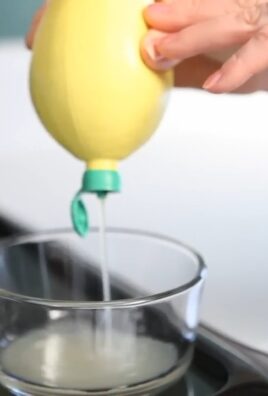
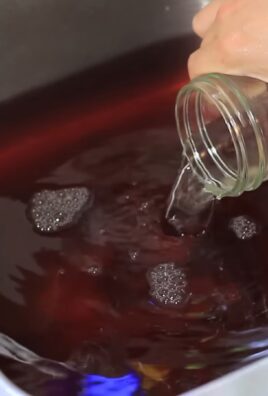
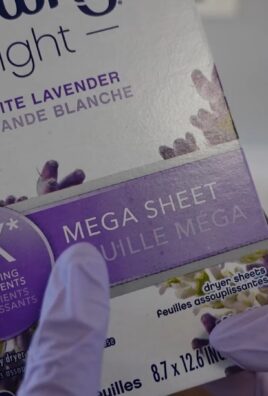
Leave a Comment